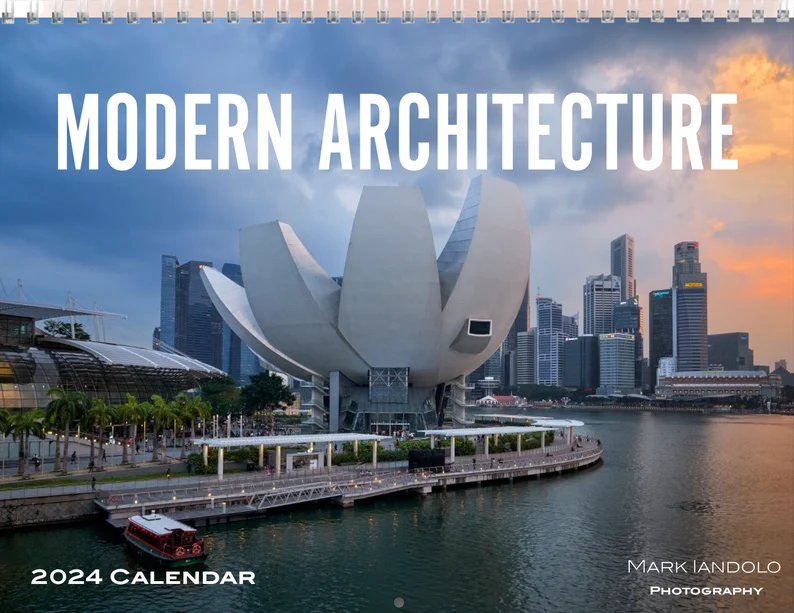Beyond Walls: Exploring the Essence of Modern Architecture
Introduction
Modern architecture is a captivating journey into the future, where creativity, functionality, and innovation converge to shape our built environment. It’s a departure from tradition, embracing new materials, forms, and sustainability. In this blog post, we delve into the world of modern architecture, its defining characteristics, iconic architects, and its profound impact on our urban landscapes.

1. The Spirit of Modern Architecture
Modern architecture is marked by a departure from historical styles and an emphasis on function, simplicity, and minimalism. It seeks to find new expressions in a rapidly changing world.
2. Key Characteristics of Modern Architecture
- Simplicity: Clean lines and minimal ornamentation define modern architecture.
- Functionality: Buildings are designed with a focus on practical use and efficiency.
- Open Spaces: Modern architecture often incorporates open floor plans and large windows to maximize natural light.
- Innovation: New materials, structural techniques, and technologies are embraced.
- Sustainability: Modern architects prioritize eco-friendly design and energy efficiency.
3. Iconic Modern Architects
- Le Corbusier: Known for his “Five Points of Architecture” and pioneering the International Style.
- Frank Lloyd Wright: Famous for organic architecture and iconic structures like Fallingwater.
- Mies van der Rohe: Renowned for the phrase “less is more” and minimalist designs.
- Zaha Hadid: A visionary architect known for her innovative, fluid designs.
- Renzo Piano: Designer of iconic structures like The Shard in London and The Whitney Museum of American Art.
4. Modern Architectural Movements
Modern architecture has given rise to various movements, including:
- Bauhaus: Emphasizing the combination of fine arts and crafts in design.
- Brutalism: Known for raw, exposed concrete surfaces and bold, imposing structures.
- Deconstructivism: Characterized by fragmented, non-linear designs that challenge traditional ideas of geometry.
5. Sustainable Modern Architecture
Modern architecture often integrates sustainability principles, utilizing eco-friendly materials, passive design, and energy-efficient systems.
6. Technology and Modern Architecture
Advancements in technology have enabled architects to explore innovative designs and construction methods, including parametric design and digital fabrication.
7. Challenges in Modern Architecture
Challenges include balancing aesthetics with functionality, addressing urbanization, and creating spaces that are inclusive and accessible.
Conclusion: Designing Tomorrow’s World
Modern architecture is an ever-evolving canvas where creativity knows no bounds. It challenges conventions, redefines skylines, and shapes the way we experience our surroundings. As architects continue to push boundaries, modern architecture remains a testament to the human spirit’s capacity to innovate, envision, and build a better, more functional world.
